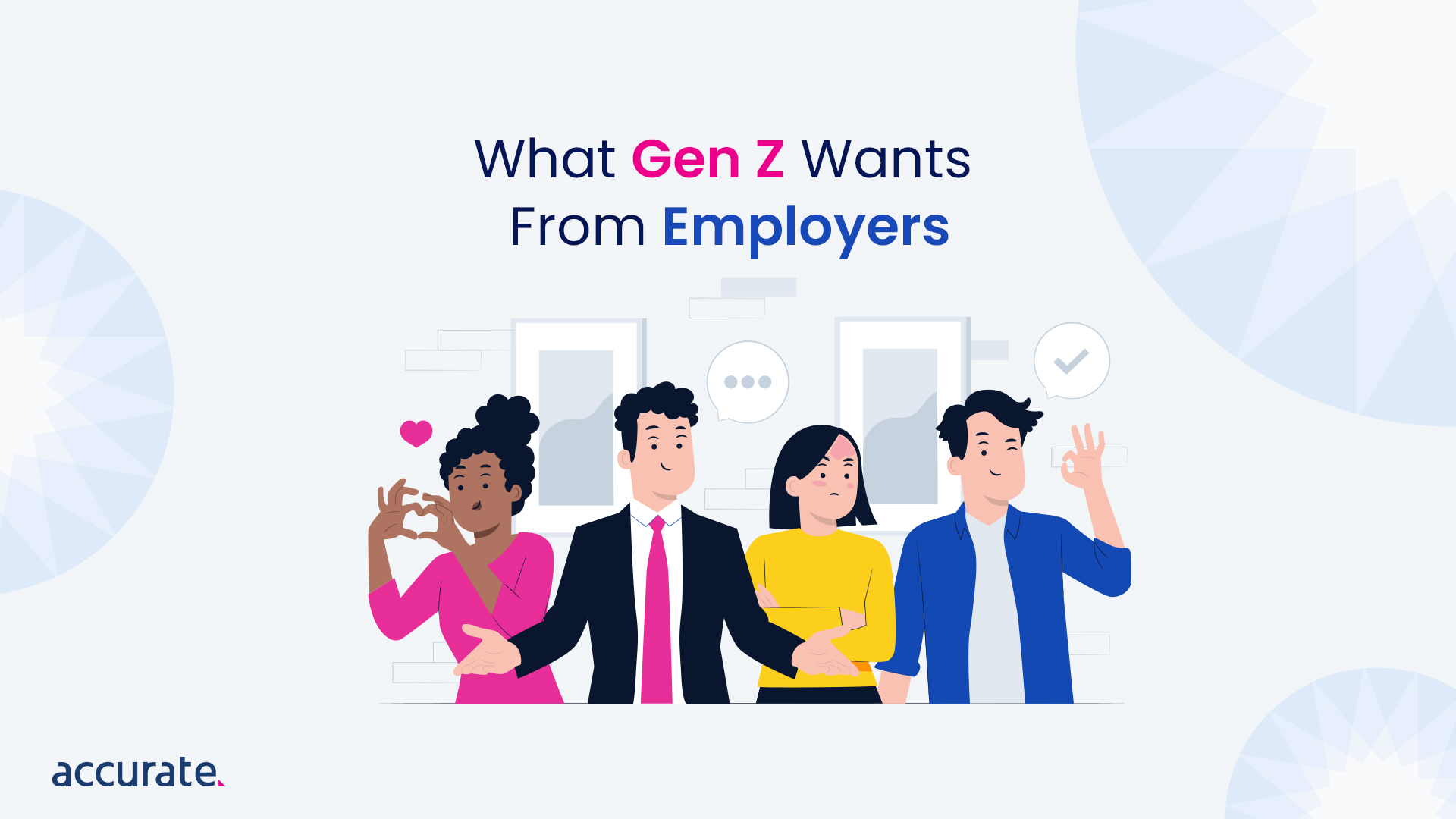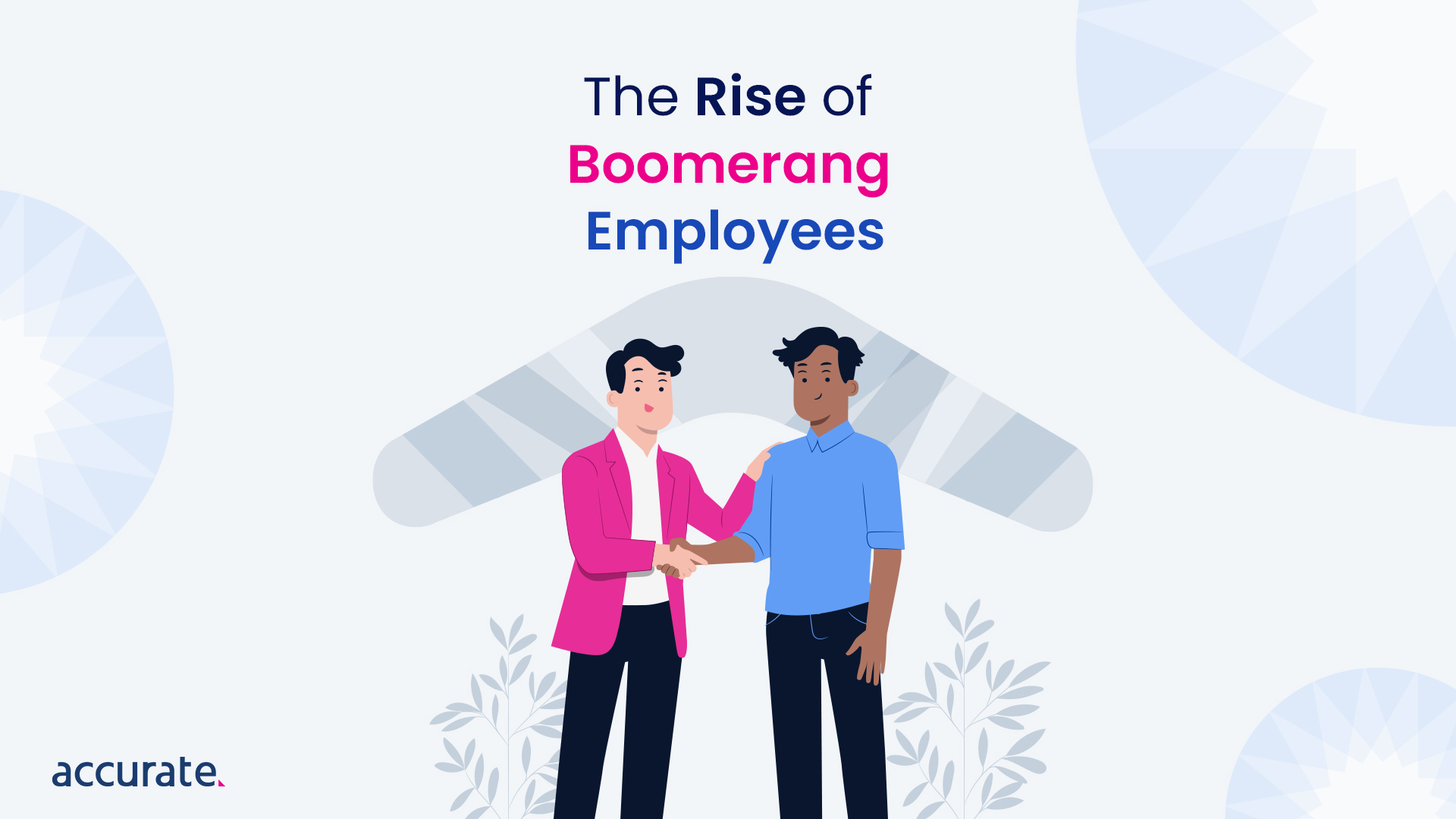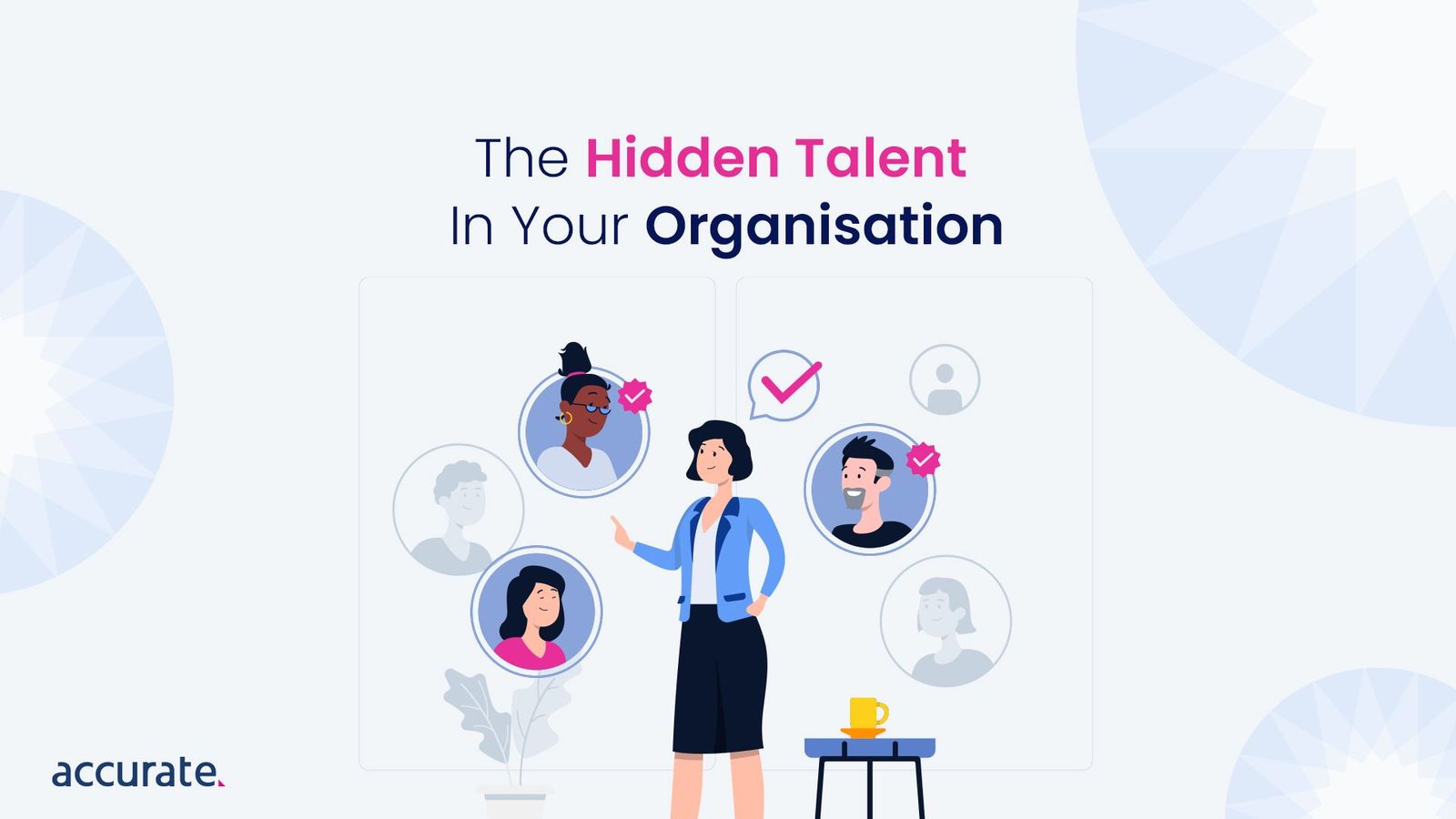Most employers know they need to conduct some form of pre-employment screening. Some introduce a comprehensive employment screening framework while others are haphazard in their approach.
If you fall in the latter or don’t conduct any pre-employment screening during your hiring process, then your business is vulnerable to negative financial, legal and cultural risks.
Whether you recruit in-house or outsource your pre-employment screening, you’ll find that having even the most basic form of screening will save your business from headaches, stress and frustration of poor hiring outcomes.
Read more to find out how you can benefit from pre-employment screening.
1. Improved Hiring with Pre-Employment Screening
Let’s get the most obvious reason out of the way – having a robust pre-employment screening framework will help with improving the quality of hire.
A recent report found that 85% of employers caught applicants lying on their applications.
The simple fact of announcing that pre-employment screening will be conducted will discourage certain candidates from applying. For those that do apply, it’s more likely that they will present themselves honestly and accurately.
In our experience, exaggerations and inaccuracies on CVs are common, particularly relating to the amount of time employed in a specific role. Similarly, those with criminal backgrounds or with falsified credentials may self-eliminate.
On the contrary, high-quality candidates aren’t discouraged from applying knowing that any pre-employment screening won’t reveal any issues. Instead, there’s increased appeal to hiring managers.
During our initial exchanges with a potential client, our process involves understanding why they screen.
- Is it because they’re just looking to meet compliance requirements?
- Are they being proactive and increasing the quality of hiring?
- Were they affected by a recent negative experience with an employee who would have been picked up by pre-employment screening?
- Was there a recent influx of issues that were discovered?
By getting to the crux of why employers want to screen, it will help pre-employment screening agencies to better understand motivations and what they’re trying to both prevent or remedy.
We also carefully look at which industry these employers fall within in cases where we notice gaps in their pre-employment screening process.
With the COVID-19 pandemic affecting businesses around the world, there’s an increased amount of trust placed on employees, particularly for businesses that have employees working from home.
Having the appropriate pre-employment screening measures in place to maximise the quality of hire will consequently deliver improved productivity and less supervision and management of poor-performing staff.
2. Reduction in Employee Misconduct and Fraud
All businesses are vulnerable to employee misconduct, such as fraud and theft. While most of the ones that make it into the news are high-profile, smaller businesses aren’t immune to this type of employee misconduct.
Besides the obvious financial impact of employee fraud, such acts can result in the tarnishing of your company brand, a decrease in employee morale and loss in customers.
Based on our experience in risk management, employees who have a track record of employee misconduct generally have a higher inclination of repeated offences.
Credit reports, bankruptcy checks and criminal record checks can all be used to determine whether a potential applicant is under financial duress and therefore, have a higher propensity to steal or embezzle from an employer.
3. Reduction in Risk of Negligent Hiring/Vicarious Liability
In sectors such as aged care or children’s education and care, negligent hiring is a major risk that can potentially result in vicarious liability of an employer if no appropriate pre-employment screening process is in place.
Employers can potentially be held liable if it’s determined that an employee was hired and caused injury or damage. This could be to a colleague, customer or member of the general public, particularly in positions of special trust or a higher standard of care such as people with disabilities, children or security.
We always recommend our clients conduct pre-employment screening to include police checks or financial checks on contractors who have been supplied by an agency, despite claiming that they’re all vetted, or to at least provide evidence of screening being conducted.
While not all agencies are guilty of this, some only conduct the most basic form of pre-employment screening to meet their obligations or due to cost constraints.
When developing the right pre-employment screening service for clients, we generally look at what existing recruitment processes they have in place:
- To assess whether the checks are suitable, or are they over-screening or under-screening
- Are they screening all types of staff (permanent, temporary, contractor) with the same type of pre-employment screening checks
- Risk analysis – what types of roles or positions are they looking to fill, and what are the levels of risk associated with each position?
4. Improved Employee Retention and Lower Cost Per Hire
Similar to improved hiring quality, having robust pre-employment screening processes should help with finding the best possible hire for your business.
Finding competent, qualified and honest candidates provides a great foundation for a productive and positive workforce.
A recent study conducted by the Society for Human Resource Management found that the average cost-per-hire is $4,129, with an average of 42 days to fill a position. While this was an American study, the principles stand true – each time you have turnover, it costs your business money.
Some of the major costs associated with filling a position:
- Salary of the HR/recruitment team
- Dedicated time by the HR/recruitment team/interview panel
- Pre-employment screening costs
- Advertising costs
- Tools and software costs
- Education and training costs
- Accrued leave entitlements owed
Pre-employment screening can help identify and significantly reduce the risk of candidates that are unsuitable or toxic for workplace culture. On the other hand, it can also help reinforce the strengths and potential of highly rated candidates.
5. Improved Safety and Security with Pre-Employment Screening
Risk management and pre-employment screening aren’t only about financial safeguarding. Workplace security and safety is another major aspect that all employers need to consider.
In our experience, applicants that are found to have had a previous offence during pre-employment screening are generally considered a significant hire risk due to high re-offending rates.
In a study conducted by Checkpoint Systems Asia Pacific, it was found that employee theft is the second biggest culprit of retail shrink with retail employers losing an estimated $2.7 billion a year through either criminal activities or negligence:
“… sales vice president Mark Gentle said in a statement the report found the primary reasons for employee theft in Australia are weak pre-employment screening procedures, reduced associate supervision, increasing the part-time workforce and the easy sale of stolen merchandise.”
He goes further and says:
“I think it’s pretty consistent with what we’ve seen as well, it’s employees on the ground who are the ones with access to systems and employees that know weaknesses in systems”.
We regularly educate our clients on identifying causal factors so that they can implement policies and procedures to deter fraud. A concept known as the Fraud Triangle describes the three primary factors that are involved in every type of fraud situation:
- Perceived opportunity – employees usually identify weaknesses in the system that they can exploit
- Perceived pressure or motivation – for example, the need for more money
- Rationalisation – the employee often justifies their actions by telling themselves a “valid” story
The elimination of one or more of these factors is key in reducing the likelihood of fraudulence or workplace theft. This can include systems such as CCTV cameras, dual signatures for payments, pre-employment screening and whistleblowing policies.
6. Reduced Alcohol and Drug Abuse in the Workplace
The use of alcohol and drugs has major negative effects on safety, productivity and culture within a workplace.
A recent research paper had estimated that 2.5 million days of workplace absenteeism is lost each year due to drug and alcohol use worth a cost of $680 million.
The Medical Journal of Australia also released a paper in 2010, exploring the burden of alcohol drinking on co-workers in the Australian workplace. Around a third of workers surveyed have stated that a colleague’s use of alcohol has negatively impacted them. The most common causes are:
- Reduced ability of the offender to do their job effectively
- Colleagues having to work additional hours to cover for a co-worker due to absenteeism or reduced productivity
Similar to concerns related to negligent hiring, there are risks associated with jobs that require a higher standard of care (e.g. security), safety-sensitive (e.g. aviation) or performance (e.g. sports athletes).
Appropriate pre-employment screening processes that identify where risks with alcohol and drug abuse with the role being filled are important to avoid both financial and liability issues. Conducting criminal record checks and pre-employment (and ongoing random) drug tests may help improve the chance of hiring the best candidate.
Key Takeaways
There’s no industry or business that’s immune to negative impacts caused by poor hiring and a lack of pre-employment screening.
With every industry or role having a different level of risk, it pays to consult with an expert. Identify what types of assessments, verification and checks should be done to ensure that you’re maximising the chances of improved quality of hire to set up your workplace for success.
If you’re looking for help with improving your pre-employment screening process, get in touch with us.



